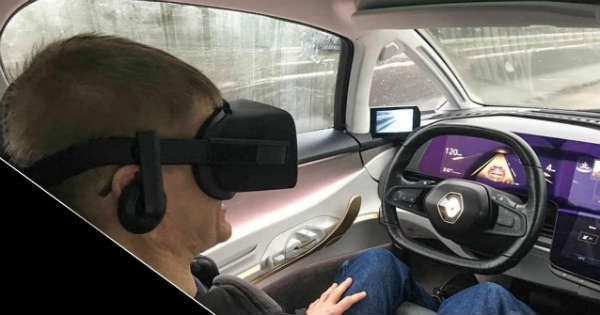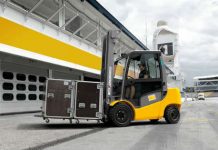For many years, we’ve imagined cars that can drive themselves, effortlessly moving through busy cities and long stretches of highways. Now, that dream isn’t just something from a sci-fi movie—it’s becoming a reality that’s changing quickly. Autonomous vehicles (AVs), which come with a mix of sensors and smart algorithms, have the power to make a big difference in how safe our roads are. They could save lives and completely change the way we think about getting around.

Human Error and Road Crashes
The harsh truth about our current roads is that human mistakes lead to a whopping 94% of all traffic accidents. Things like distracted driving, speeding, tiredness, and impaired judgment cause numerous deaths and millions of injuries each year. The ongoing tragedy takes a toll physically, emotionally, and economically—it’s hard to measure.
But there’s a glimmer of hope on the horizon. Autonomous vehicles, guided by smart algorithms and a network of sensors, could put an end to this cycle of human error. These vehicles have vigilant eyes, using technology like LiDAR, radar, and high-resolution cameras to create a detailed picture of the surroundings. They can spot dangers and react quicker than a blink of an eye. Sophisticated algorithms continuously watch and analyze this information, planning and executing moves with unmatched precision and speed, surpassing even the most attentive human driver.
Potential Safety Benefits of AVs
The safety advantages of Autonomous Vehicles (AVs) are broad and have a wide-reaching impact. Picture traffic moving smoothly, without the sudden stops and unpredictable turns caused by human mistakes. AVs carefully stay in the right lanes and follow traffic rules, leading to more even traffic and a significant decrease in rear-end collisions. Their advanced perception abilities allow them to see pedestrians and obstacles that might go unnoticed by human drivers, making roads safer for everyone, especially vulnerable users like cyclists and children.
The benefits of AVs go beyond just preventing accidents. With optimized traffic flow, there’s less congestion and shorter travel times, saving precious time and resources. Imagine using your commute for work, relaxation, or even catching up on sleep, all while effortlessly moving through traffic. Additionally, AVs can empower those who can’t drive due to age, disability, or other reasons, giving them the freedom and independence to move around.
Overall, the potential safety benefits include:
- Reduced Traffic Accidents
- Improved Road Efficiency
- Enhanced Pedestrian Safety
- Reduced Traffic Congestion
- Greater Accessibility
Challenges and Considerations:
The journey toward fully autonomous driving comes with its share of challenges. Handling diverse weather conditions, unexpected situations, and the complexity of human behavior still presents technological obstacles. Creating robust software that accurately interprets sensor data and makes rapid decisions is a task that is still in progress. Additionally, car accident lawyers have brought up that ethical concerns related to liability in case of accidents and the protection of data privacy require thoughtful consideration and the establishment of solid regulatory frameworks.
However, these challenges are not impossible to overcome. With ongoing research, development, and thorough testing, Autonomous Vehicles (AVs) can overcome these obstacles and become a symbol of safety on our roads. Developing comprehensive ethical guidelines and transparent data privacy policies will ensure responsible progress and build public trust. Looking ahead, collaboration among governments, manufacturers, technology companies, and researchers will be essential in shaping a future where AVs safely coexist with human drivers on the road.
The future of transportation goes beyond just convenience or speed; it’s about safeguarding lives and creating a safer, more fair world. Although autonomous vehicles are still in their early stages, they offer a transformative vision for mobility—one where the noise of engines is replaced by the quiet hum of progress, and the fear of accidents is replaced by the confidence of a safer journey for everyone. It’s a future worth investing in, researching, and aspiring to, because the potential of autonomous vehicles isn’t just about cars driving themselves; it’s about a future where everyone arrives home safely.






















